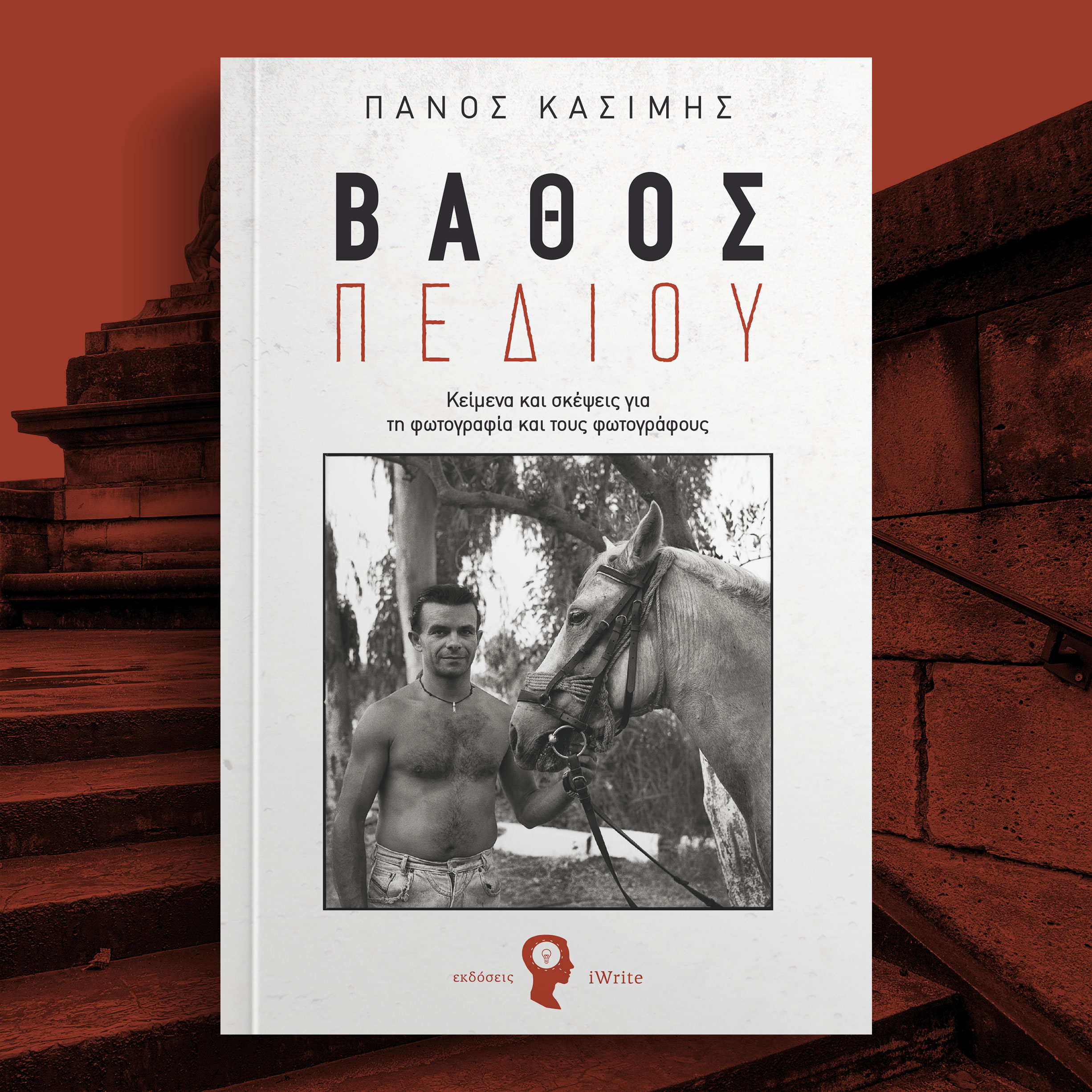Photography: is it art or technique?
(the book "Depth of Field" gives an answer to the dilemma)
In the book Depth of Field: Texts and Thoughts on Photography, the answer is clear.
As we can see in the book, we all think of photography as one of the arts. It is generally accepted as art, and even more so as an artistic medium. But it wasn't always like that. Photography from its birth had to struggle and prove its artistic nature, in order to be accepted as a genuine member of the family of Arts.
The people who started using this new medium of creating images wanted to "impose" it as an artistic medium. To include it in the area of Fine Arts. But, without having identified its special characteristics even while they had no other recruiting regarding the creation of images, except from painting. All the images of art that people knew until then came from painting.
And so, from early on, photography and painting were considered sisters, with the younger competing with the older.
To borrow her clothes and ornaments, in order to look like her. May she become equally beautiful and accepted. It's amazing, considering its history, how rarely photography has been able to be itself. Even its first names were "daguerreotype" and "calotype".
The differentiation of Photography from the Arts
However, what we know today and must now realize and admit is that the two sisters not only do not look alike at all, but are two completely different artistic mediums. Two mediums that have nothing in common, except perhaps the occasional presence of the final, usually rectangular, work on the wall. If one thinks about the creative process of the two mediums, one can easily see that they are completely opposite. It is enough to look at the paintings and photographs of Edgar Degas to realize that the great creator had already understood the differences in the nature of the two media.
Perhaps their most basic difference is the language used by each medium.
The language of painting is self-referential, literally. By its very nature, painting refers to itself, it translates the world into its language. Thus, a painter who paints a landscape may choose not to paint some elements of reality (trees for example) or choose to "place" them on his canvas in a different place than where they are in reality, because possibly a more interesting composition is created.
Also, a painter can erase or make any corrections he wants to his work, while he is not at all obliged to remain faithful to the color palette of the scene. He can use the colors of his own palette.
A photographer can do none of this by pressing the shutter button. Raising the camera to his eye, he is asked to face things as they are. The language of photography is the language of events. And I don't mean the news stuff or anything dramatic, but whatever is just happening at the time. By its very nature photography refers to reality and not to itself. It is the complete opposite of painting. Usually, we say that we "took" or "took" or even that we "took" a photo. These are the words we use. And not only us. Anglo-Saxons say "take a picture". From where did we "pull" it, "take it out", "get" it? Obviously, from reality.
For photography and painting
If you think about the terminology and the words we use when talking about photography, you will realize that it is visual art and not visual art. The important thing here, and something that is often overlooked, is that photography is the only visual medium that has an innate connection to reality. A first realization that photography brought to painters was that there had never been any innate connection between painting and reality.
Painting may not be true to reality. The photo can't.
That is why we perceive a painted landscape as a painting and not as a real landscape. To put it another way: to make a photograph, there must be something other than the photographer and his media (light, film/sensor and camera). There must be something in reality. To make a painting, the painter and his means are enough. This brings us to yet another fundamental distinction, which overturns the premise of the first paragraph of this article.
From the above mentioned in the book about photography, it follows that it is not... art after all. At least, not in the sense we have learned to give to the word or the way we perceive art from the Renaissance onwards. It's something completely new to the human experience, something people couldn't do a century or so ago. Such as air flights, mobile phones or internet communication.
The basic motivation of a photographer is diametrically opposed to the basic motivation of an artist, regardless of artistic medium. The artist tries to create something that has never existed before. The photographer is trying to preserve something that will actually cease to exist, just like that, the very next moment.
Panos Kasimis
Photography Professor & Writer
book: "Depth of Field: texts and thoughts on photography"

